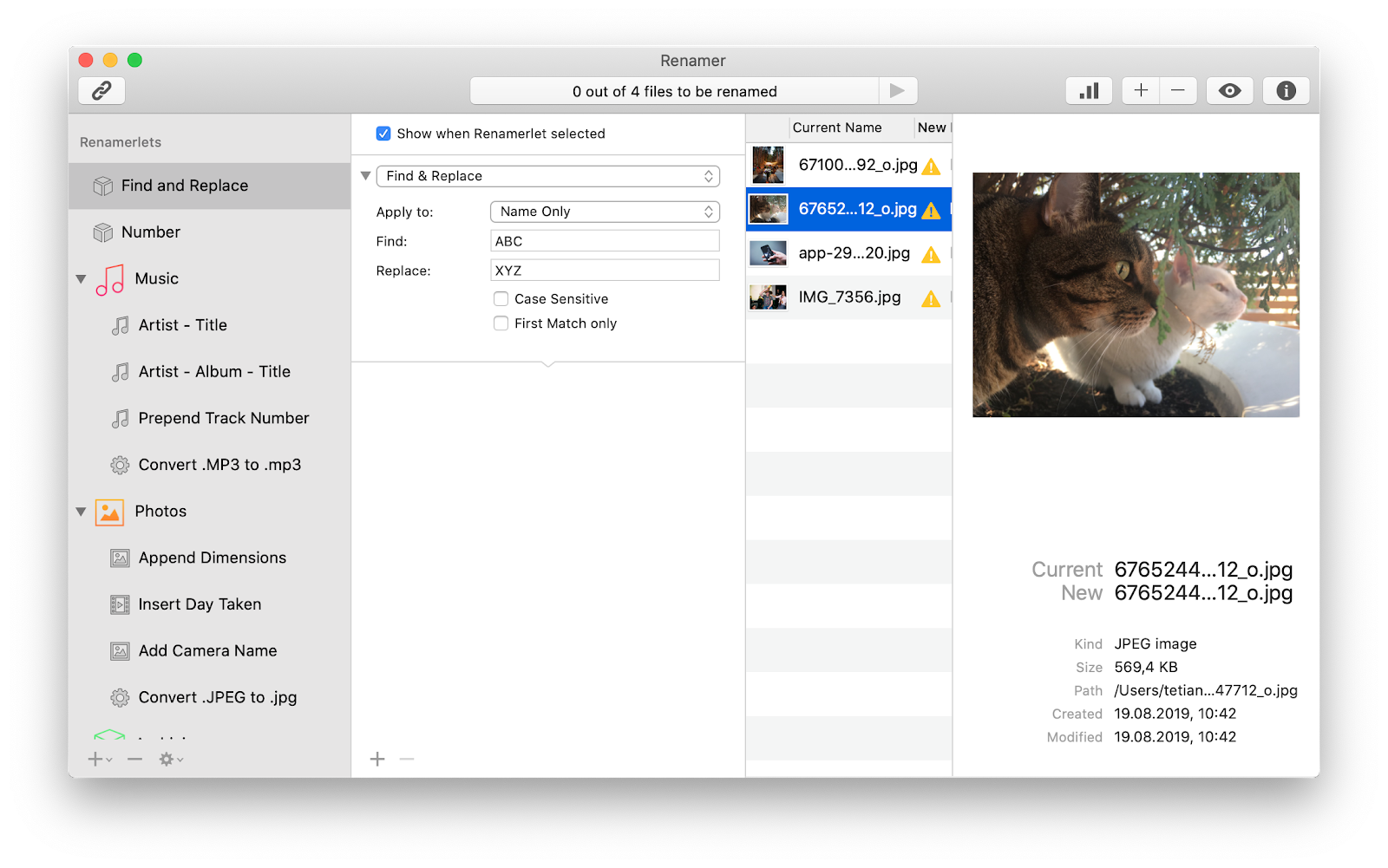
(You may know that you can copy a file in the Finder, even on the same hard disk, by holding down the Option key when you drag it.) However, if you drag a file from your Desktop to an external hard disk, you’ll see that the file remains in its original location this file has been copied. The file is no longer on the Desktop, and is found only in the Documents folder. If you’re in the Finder, and you drag a file from, say, your Desktop to your Documents folder, or any other folder on the same disk or volume, you move the file. The difference between copying and moving files If you’ve lost access to the Finder because your Mac is on the blink, you might be able to use the command line to troubleshoot the problem.You can copy or move multiple files using wildcards.These files, which can contain settings for certain apps or parts of the Mac, contain a dot (.) before their names, and the Finder doesn’t show them. You can copy or move files that are hidden in the Finder.You can copy or move files from one location to another without opening windows in the Finder.The purpose of special argument -, which is supported by most utilities, is to signal that subsequent arguments should be treated as operands (values), even if they look like options due to starting with -, as Jacob C.

Similar to the bash solution, s/././ performs text substitution, but - unlike in bash - true regular expressions are used.Here's the equivalent of the command at the top using rename: rename -n -e 's/_.*_/_/' *.pngĪgain, this command performs a dry run remove -n to perform actual renaming. On macOS you can install it using popular package manager Homebrew as follows: brew install rename If you find yourself batch-renaming files frequently, consider installing a specialized tool such as the Perl-based rename utility. Note that _*_ is a pattern (a wildcard expression, as also used for globbing), not a regular expression (to learn about patterns, run man bash and search for Pattern Matching).

In your specific case you can use the following bash command ( bash is the default shell on macOS): for f in *.png do echo mv "$f" "$" is an application of bash parameter expansion: the (first) substring matching pattern _*_ is replaced with literal _, effectively cutting the middle token from the name.


 0 kommentar(er)
0 kommentar(er)
